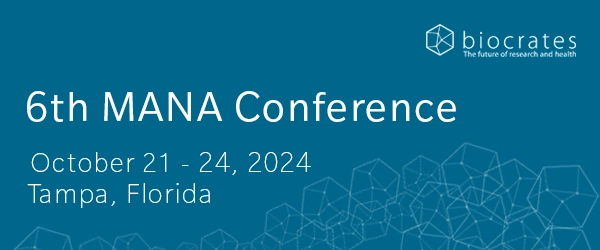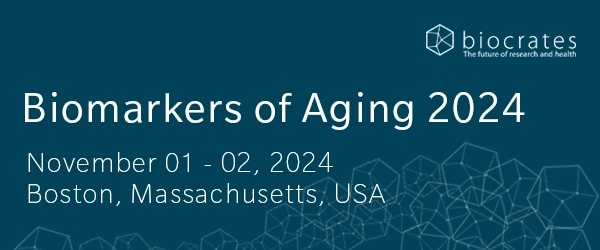PubMed alerts are a great way to stay in the loop with the latest research developments in metabolomics and other -omics technologies. Recently, I was thrilled to discover a new paper on investigative toxicology that mentioned metabolomics. I fully expected it to talk glowingly about the potential of metabolomics to transform toxicology.
However, the publication presented more of a mixed bag. Based on surveys with toxicologists in big pharma companies in 2015 and 2020, the authors found wide-ranging perceptions of the potential impact of metabolomics: in 2020, more than one in five respondents considered metabolomics to be a game changer already, up from zero five years earlier. At the same time, almost six in ten did not consider metabolomics a game changer technology either now or in future.
Metabolomics wasn’t the only innovation to be met with a mixed response. The article also discusses challenges in -omics biomarker research more broadly, including miRNA and genetics-based biomarkers. It is a story of excitement, disappointments, and difficulties in translation. For metabolomics, challenges in data interpretation and the amount of time and financial investment required were cited as reasons why metabolomics many respondents did not find major value in metabolomics. Others seem to consider it a highly powerful technology.
While I’m disappointed that the ratio is not the other way around, I do understand the doubters.
Metabolomics can be very powerful, but only if done right. The technology has repeatedly shown to outperform established toxicology biomarkers in their respective fields. The sensitivity of the metabolome to react to challenges is the greatest asset of metabolomics. On the other hand, this also means researchers must pay close attention to potential confounders, such as gender, BMI, or age. Other factors such as dietary factors and exercise should also be considered, if possible. Study design is crucial.
When metabolomics first developed, part of the appeal was that it promised to better reflect the phenotype than the static genotype. After all, the same genotype can produce a caterpillar and a butterfly. Toxicologists, as well as pharmaceutical researchers in general, were among the early adopters of metabolomics. Having spotted its potential early, it’s possible the industry has experienced teething problems that are coloring the current assessment.
During my years in metabolomics, many things have changed considerably, including our understanding of how metabolomics projects should be set up to increase the likelihood of successful translation. For some of the things that you should consider in project setup, check out “7 tips to make your first metabolomics project successful” and “Which sample matrix should I use for my metabolomics study?”
I may be a little biased, but in my opinion it is clear: metabolomics is indeed a game changer in toxicology. For example, thanks to metabolomics, we now know that:
- Bile acids are more sensitive and reliable biomarkers for drug-induced liver injury than routine methods (Slopianka et al. 2017)
- Metabolite profiles differentiate therapeutic dose of acetaminophen from overdose with AUC of 1 (Bhattacharyya et al. 2018)
- Potential biomarkers for unintended effects can be identified, e.g. biomarkers of unintended weight gain during antipsychotic therapy
(Qiu et al. 2023).
The industry was correct to be excited about the opportunities when metabolomics started to gain traction. Now with a mature technology at their disposal, plus a better understanding of the methodological requirements, scientists in pharmaceutical R&D should remain excited about the impact metabolomics is going to make in toxicology.
Are you interested in how metabolomics can enhance safety studies in your R&D program? Reach out to us for more information and support!
References
Slopianka M.et al.: Quantitative targeted bile acid profiling as new markers for DILI in a model of methapyrilene-induced liver injury in rats (2017) Toxicology | https://doi.org/10.1016/j.tox.2017.05.009
Bhattacharyya S.et al.: Targeted metabolomic profiling indicates structure-based perturbations in serum phospholipids in children with acetaminophen overdose (2016) Toxicology Reports | https://doi.org/10.1016/j.toxrep.2016.08.004
Qiu Y. et al.: Metabolic biomarkers of risperidone-induced weight gain in drug-naïve patients with schizophrenia (2023) Front. Psychiatry | https://doi.org/10.3389/fpsyt.2023.1144873







